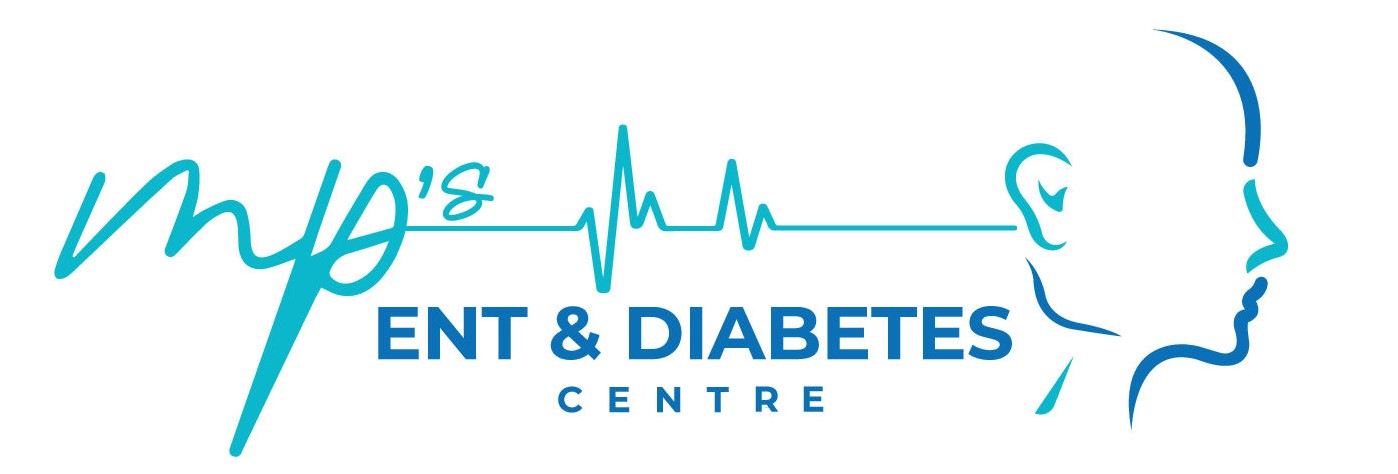Services > Swallowing Disorders (Dysphagia)
Swallowing Disorders (Dysphagia)
🔥 1. What is Dysphagia?
Dysphagia is the difficulty or discomfort in swallowing.
- It may involve problems with moving food, liquids, or saliva from the mouth to the stomach.
- Can lead to malnutrition, dehydration, or aspiration pneumonia if untreated.
✅ Types of Dysphagia:
- Oropharyngeal Dysphagia:
- Difficulty initiating swallowing.
- Problem occurs in the mouth and throat (pharynx).
- Esophageal Dysphagia:
- Food gets stuck or moves slowly through the esophagus.
- Can be due to narrowing, motility issues, or structural problems.
🔎 2. Causes of Dysphagia
✅ A) Neurological Causes:
- Stroke:
- One of the most common causes of dysphagia.
- Parkinson’s disease:
- Affects muscle control, making swallowing difficult.
- Multiple sclerosis (MS):
- Damages the nervous system, leading to swallowing issues.
- Amyotrophic lateral sclerosis (ALS):
- Causes progressive loss of muscle control.
- Dementia and Alzheimer’s disease:
- Impairs the coordination needed for swallowing.
✅ B) Structural Causes:
- Esophageal strictures:
- Narrowing of the esophagus due to scar tissue or chronic inflammation.
- Gastroesophageal reflux disease (GERD):
- Causes chronic inflammation and scarring.
- Esophageal tumors:
- Can obstruct swallowing.
- Zenker’s diverticulum:
- Pouch formation in the throat that traps food.
- Laryngeal or pharyngeal cancer:
- Tumors in the throat or voice box obstruct swallowing.
✅ C) Muscular Disorders:
- Achalasia:
- The lower esophageal sphincter (LES) fails to relax, blocking food passage.
- Scleroderma:
- Hardening and tightening of esophageal muscles.
- Myasthenia gravis:
- Weakness in swallowing muscles.
✅ D) Other Causes:
- Radiation therapy:
- Can damage throat muscles or cause scarring.
- Throat infections:
- Swelling or pain may cause temporary dysphagia.
- Aging:
- Natural decline in muscle strength and coordination.
- Foreign objects:
- Food or objects stuck in the throat.
💡 3. Symptoms of Dysphagia
- Difficulty swallowing food, liquids, or pills.
- Pain while swallowing (odynophagia).
- Coughing or choking during or after eating.
- Feeling of food stuck in the throat or chest.
- Frequent throat clearing.
- Hoarseness or voice changes.
- Unintended weight loss.
- Regurgitation of food or liquids.
- Aspiration (inhaling food into the lungs).
- Frequent respiratory infections (due to aspiration).
🔥 4. Diagnosis of Dysphagia
✅ A) Medical History & Physical Examination:
- Symptoms assessment:
- Frequency and triggers (solids, liquids, or both).
- Neurological assessment:
- To detect stroke, Parkinson’s, or neurological conditions.
- Oropharyngeal examination:
- To identify abnormalities or structural issues.
✅ B) Swallowing Tests:
- Barium Swallow (Modified Barium Swallow Study – MBSS):
- Patient swallows a contrast liquid while X-rays are taken.
- Identifies structural abnormalities or aspiration.
- Videofluoroscopic Swallow Study (VFSS):
- Real-time X-ray video during swallowing.
- Assesses coordination and muscle function.
- Esophagram:
- X-ray of the esophagus after swallowing barium.
- Identifies strictures or abnormalities.
✅ C) Endoscopic Tests:
- Flexible Endoscopic Evaluation of Swallowing (FEES):
- A flexible camera is inserted through the nose.
- Allows visualization of swallowing in real time.
- Upper Endoscopy (Esophagogastroduodenoscopy – EGD):
- Examines the esophagus, stomach, and duodenum.
- Detects inflammation, tumors, or strictures.
✅ D) Esophageal Manometry:
- Measures the pressure and muscle contractions in the esophagus.
- Diagnoses motility disorders like achalasia.
✅ E) pH Monitoring:
- Measures acid levels in the esophagus.
- Used to diagnose GERD-related dysphagia.
🔥 5. Treatment Options for Dysphagia
✅ A) Lifestyle & Dietary Changes
- Diet modification:
- Switch to soft or pureed foods.
- Avoid dry, tough, or crumbly foods.
- Thickened liquids:
- Reduces the risk of aspiration.
- Use commercial thickeners or gelatin.
- Eating posture:
- Sit upright while eating.
- Chin tuck maneuver: Tuck chin while swallowing to prevent aspiration.
- Slow, deliberate eating:
- Take smaller bites and chew thoroughly.
🔥 B) Swallowing Therapy
✅ 1. Speech and Swallowing Therapy:
- Swallowing exercises: Strengthens throat muscles.
- Coordination techniques: Improves the timing and effectiveness of swallowing.
- Postural adjustments: Head turning or tilting to reduce aspiration risk.
✅ 2. Neuromuscular Electrical Stimulation (NMES):
- Uses electrical impulses to strengthen swallowing muscles.
- Effective for neurological dysphagia.
✅ 3. Compensatory Techniques:
- Mendelsohn maneuver:
- Improves opening of the esophagus during swallowing.
- Effortful swallow:
- Enhances muscle strength.
- Supraglottic swallow:
- Helps close the airway while swallowing.
⚡ C) Medications
✅ For GERD-Related Dysphagia:
- Proton pump inhibitors (PPIs) (e.g., omeprazole, esomeprazole):
- Reduce acid reflux.
- H2-receptor blockers:
- Reduce stomach acid production.
- Prokinetic agents:
- Improve esophageal motility.
✅ For Neurological Dysphagia:
- Botox injections:
- Relaxes overly tight esophageal muscles.
- Muscle relaxants:
- For motility disorders.
✅ For Inflammatory Dysphagia:
- Corticosteroids:
- Reduce inflammation (e.g., for eosinophilic esophagitis).
- Antibiotics:
- For infectious causes.
🔥 D) Surgical Treatment Options
✅ 1. Dilation of Esophageal Strictures:
- Widening of the narrowed esophagus using a dilator or balloon.
- Treats strictures caused by GERD or scarring.
✅ 2. Esophageal Stent Placement:
- A stent is placed to keep the esophagus open.
- Used for severe strictures or tumors.
✅ 3. Cricopharyngeal Myotomy:
- Surgery to cut the cricopharyngeal muscle.
- Improves swallowing in neurological dysphagia.
✅ 4. Fundoplication:
- Surgical procedure for GERD-induced dysphagia.
- Wraps the stomach around the esophagus to prevent reflux.
✅ 5. PEG (Percutaneous Endoscopic Gastrostomy) Tube:
- For severe dysphagia.
- Provides nutritional support directly into the stomach.
🔎 6. When to See a Doctor
Seek immediate medical attention if you experience:
- Choking or frequent aspiration.
- Unintentional weight loss.
- Difficulty breathing with swallowing.
- Persistent chest pain.
